Help! Lippage and low grout acceptable?
monkeyta123
9 years ago
Featured Answer
Sort by:Oldest
Comments (12)
numbersjunkie
9 years agoRelated Professionals
Newington Kitchen & Bathroom Designers · Hopewell Kitchen & Bathroom Remodelers · 20781 Kitchen & Bathroom Remodelers · Buffalo Grove Kitchen & Bathroom Remodelers · Salinas Kitchen & Bathroom Remodelers · Bonita Springs Glass & Shower Door Dealers · Houston Glass & Shower Door Dealers · Kennesaw Glass & Shower Door Dealers · Pflugerville Glass & Shower Door Dealers · Tukwila Glass & Shower Door Dealers · Langley Park Cabinets & Cabinetry · Maywood Cabinets & Cabinetry · Radnor Cabinets & Cabinetry · Salisbury Cabinets & Cabinetry · Salt Lake City Window Treatmentsmonkeyta123
9 years agonumbersjunkie
9 years agoBunny
9 years agomonkeyta123
9 years agoBunny
9 years agomonkeyta123
9 years agoStoneTech
9 years agoBabka NorCal 9b
9 years agomonkeyta123
9 years agoloves2read
9 years ago
Related Stories

BATHROOM DESIGNConvert Your Tub Space Into a Shower — the Tiling and Grouting Phase
Step 3 in swapping your tub for a sleek new shower: Pick the right tile and test it out, then choose your grout color and type
Full Story
TILEEpoxy vs. Cement Grout — What's the Difference?
Grout is grout, right? Nope. Cement and epoxy versions have different appearances, durability and rules of installation
Full Story
KITCHEN COUNTERTOPS7 Low-Maintenance Countertops for Your Dream Kitchen
Fingerprints, stains, resealing requirements ... who needs ’em? These countertop materials look great with little effort
Full Story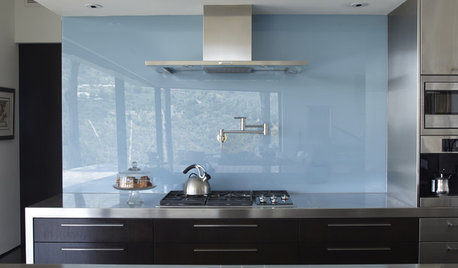
KITCHEN DESIGNThe Future of Backsplashes
Grout is out. Continuous sheets of glass, stone, metal and porcelain are saving cleaning time and offering more looks than ever
Full Story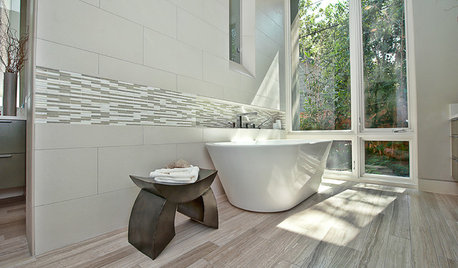
BATHROOM DESIGNHow to Match Tile Heights for a Perfect Installation
Irregular tile heights can mar the look of your bathroom. Here's how to counter the differences
Full Story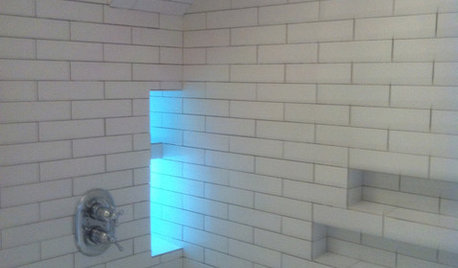
BATHROOM DESIGN10 Top Tips for Getting Bathroom Tile Right
Good planning is essential for bathroom tile that's set properly and works with the rest of your renovation. These tips help you do it right
Full Story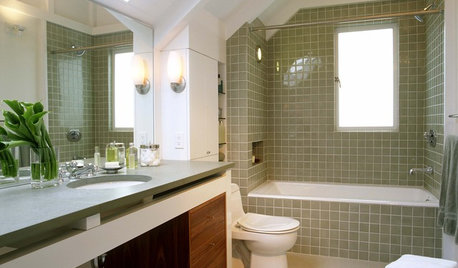
BATHROOM DESIGN12 Things to Consider for Your Bathroom Remodel
Maybe a tub doesn’t float your boat, but having no threshold is a no-brainer. These points to ponder will help you plan
Full Story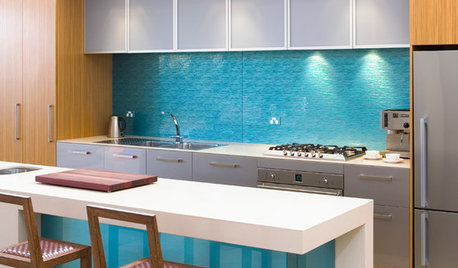
KITCHEN DESIGNHouzz Quiz: Which Kitchen Backsplash Material Is Right for You?
With so many options available, see if we can help you narrow down the selection
Full Story
FLOORSWhat to Ask When Considering Heated Floors
These questions can help you decide if radiant floor heating is right for you — and what your options are
Full Story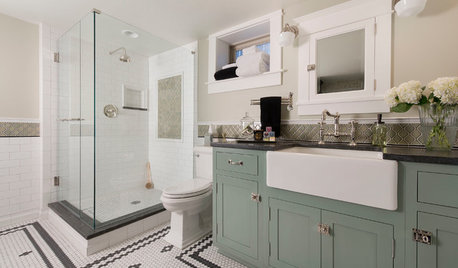
BATHROOM DESIGNHow to Choose the Right Toilet
Style, seat height, flushing options, color choice and more will help you shop for the right toilet for you
Full Story








monkeyta123Original Author